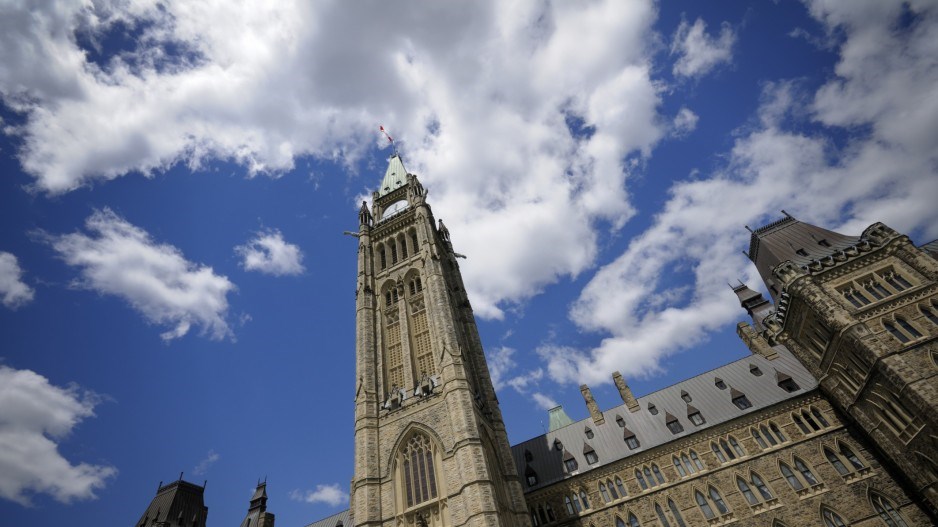According to the Trudeau government released Tuesday, the government will spend nearly $500 billion on programs and debt interest this year and run a deficit of $40 billion.
By 2027-28, the government expects to rack up $271 billion more in total debt than originally forecasted in its , continuing the reckless debt accumulation that has helped define this government’s fiscal policy.
Yet Prime Minister Justin Trudeau insists his government has “a responsible fiscal track,” again claiming that sa���ʴ�ý has the lowest net debt-to-GDP ratio among G7 countries (Germany, Italy, Japan, France, the United Kingdom and the United States).
Indeed, from the International Monetary Fund (IMF) shows sa���ʴ�ý has the lowest net debt-to-GDP ratio – a measure that compares debt to the size of the national economy – in the G7. Extending the analysis to a broader set of 33 developed countries yields a similar result, as sa���ʴ�ý’s net debt ranks sixth lowest at 14.6 per cent of GDP.
But there’s a problem with using net debt to compare our indebtedness with other countries.
To calculate net debt, you subtract a government’s financial assets from its total (gross) debt, with the implicit assumption that those assets could be used to offset debt. But the financial assets used to calculate sa���ʴ�ý’s net debt include the sa���ʴ�ý and Quebec pension plans (CPP and QPP).
Assets in the CPP and QPP are needed to provide pensions for current and future retirees in sa���ʴ�ý. Therefore, Canadian governments cannot presumably draw from these assets to offset government debt without compromising the plans’ ability to meet obligations to pensioners. This means sa���ʴ�ý’s net debt understates its indebtedness – a problem not by other countries.
Net assets in the CPP and QPP roughly $699 billion in mid-2023, while according to the IMF, the difference between sa���ʴ�ý’s gross debt and net debt will be roughly $2.6 trillion by the end of 2023, which means that more than one-quarter of the difference between sa���ʴ�ý’s gross and net debt is due to the CPP and QPP.
That said, a better measure of sa���ʴ�ý’s indebtedness, compared to other countries, is to compare gross general government debt to GDP. According to the , gross debt includes “all liabilities that require future payment of interest and/or principle by the debtor to the creditor.” For sa���ʴ�ý, a federal country where provinces have important constitutional powers and spend significantly, it’s important to use general government debt (i.e. gross debt of all levels of government) as a measure.
When comparing sa���ʴ�ý’s gross general government debt-to-GDP with the same developed countries, sa���ʴ�ý falls to 27 out of 33. This is a 21-position decline in ranking from sa���ʴ�ý’s sixth-place standing when simply measuring net debt-to-GDP. At 106 per cent of GDP, sa���ʴ�ý’s gross debt is also higher than debt levels in Germany and the U.K., meaning sa���ʴ�ý doesn’t rank best among G7 countries.
The Trudeau government has typically justified its borrowing by referencing sa���ʴ�ý’s low level of indebtedness relative to other developed countries. This is misleading, and in reality, sa���ʴ�ý’s government debt is high relative to other comparable countries.
Jake Fuss and Grady Munro are fiscal policy analysts at the Fraser Institute.





